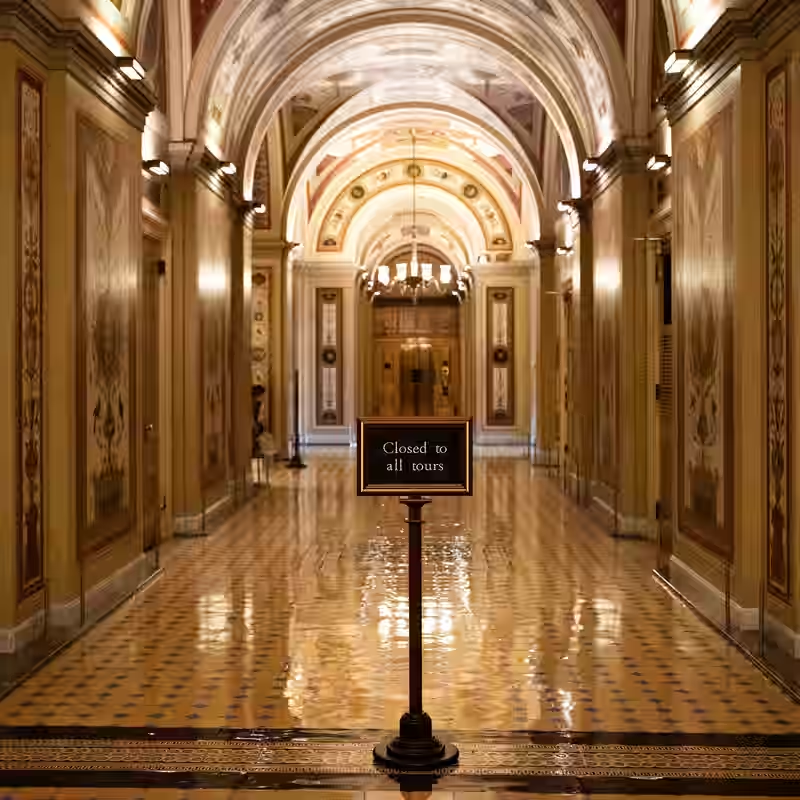From Minor Glitch to National Crisis: The Escalation of U.S. Government Shutdowns
What once seemed like a routine hiccup in Washington has evolved into a recurring national emergency. The latest government shutdown—now the 22nd since 1976—has once again left federal workers unpaid, national parks closed, and everyday Americans scrambling. But how did we get here?
The 1980 Turning Point
Before the 1980s, government funding lapses were largely symbolic. Agencies continued operating with minimal disruption. That changed when Attorney General Benjamin Civiletti issued legal opinions declaring it illegal for federal agencies to spend money without explicit congressional appropriations. This interpretation transformed shutdowns from administrative pauses into full operational halts.
Shutdowns by the Numbers: A Growing Trend
Recent decades have seen shutdowns become longer, more frequent, and far more disruptive—especially since 2013.
Infographic: Major U.S. Government Shutdowns Since 1980
| Year | Duration | President | Key Impact |
|---|---|---|---|
| 1981 | 1 day | Reagan | First modern shutdown under Civiletti ruling |
| 1995–1996 | 21 days (combined) | Clinton | Hundreds of thousands furloughed; budget standoff with Gingrich |
| 2013 | 16 days | Obama | ACA funding dispute; 800,000+ workers furloughed |
| 2018–2019 | 35 days | Trump | Longest in U.S. history; border wall funding fight |
| 2025 | Ongoing | Biden | Fourth shutdown under Trump-era dynamics; travel, food aid disrupted |
Real-Life Consequences
- Travel chaos: TSA and FAA operations scaled back, causing airport delays
- Economic ripple effects: Small businesses near federal facilities lose revenue
- Food insecurity: Families turn to food pantries as SNAP benefits face uncertainty
- National security strain: Some intelligence and defense functions operate with skeleton crews
For deeper context on federal budgeting battles, see our [INTERNAL_LINK:U.S. Government Shutdowns] timeline.




